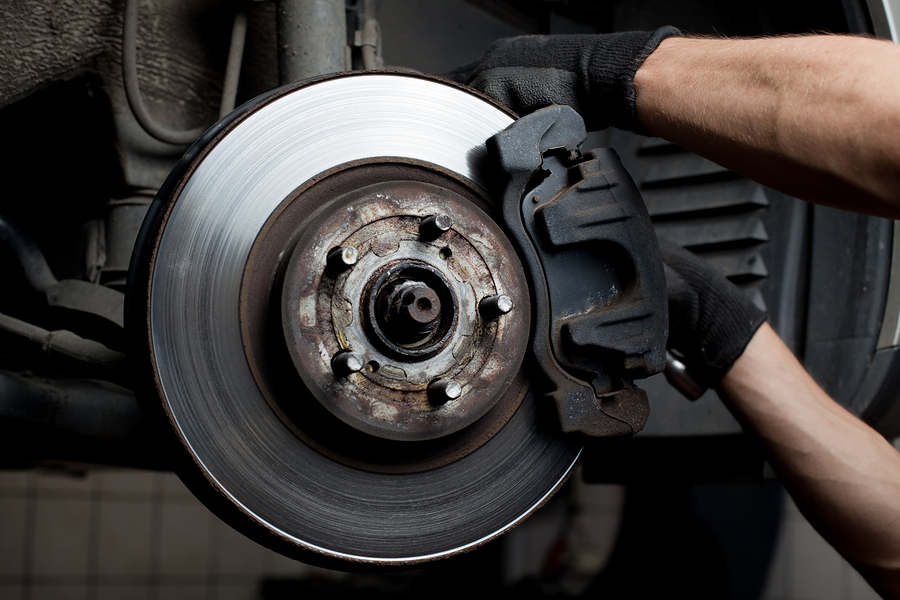According to the brake geniuses at StopTech, the following are the six primary factors that affect your vehicle’s brake feel.
1. Brake hoses
Optimum pedal firmness cannot be achieved with the stock fabric reinforced rubber flexible hoses which swell under pressure—decreasing pedal firmness while increasing both pedal travel and brake system reaction time.
The first step in upgrading the braking system of any vehicle is to replace the OEM flexible hoses with stainless steel braid protected flexible hoses of extruded PTFE. Make certain they are designed for the specific application, are a direct replacement for stock, and are certified by the manufacturer to meet DOT specifications.
A claim that any aftermarket hoses are certified by the DOT is a caution flag. The DOT does not certify anything. Manufacturers certify that their products meet DOT specifications and legitimate suppliers can produce reports from DOT-approved testing laboratories.
Tech Tip: When upgrading your brake hoses, always replace both the front and rear hoses. Due to their swelling under pressure, the stock hoses take a measurable amount of time to transmit pressure to the calipers. Replacing the front hoses only will result in a built-in lag time to the rear brakes and may also adversely affect the microprocessor control algorithms of the ABS system.
2. Master cylinders and caliper piston diameters
While it is true that the most-effective master cylinder arrangement is the twin cylinder with adjustable bias bar universal in racing, replacing the OEM master cylinder on a street car simply isn’t practical.
Tech Tip: When selecting an aftermarket system, make sure that the caliper bores are designed for the specific application.
3. Disc run out and thickness variation
Run out in excess of six thousandths of an inch (0.006-inch) can be felt by the driver as can more than 0.001-inch of thickness variation and any amount of material transfer from overheated brake pads. Run out is caused by poor design of either vanes or the junction between the friction surfaces and the mounting bell, by poor machining, by thermal stress or by any combination of the three.
4. Caliper and caliper mounting stiffness
Clamping force tries to open the opposing sides of the brake calipers—resulting in longer-than-optimum pedal travel and uneven pad wear. The only solution is optimal mechanical design and material selection. There is no effective development fix for “soft” calipers. Also, the stiffest caliper will be ineffective if its mounting lacks rigidity.
5. Out of balance discs (or tires)
The driver cannot modulate the brake on a bouncing wheel. Compared to tires, disc diameters are relatively small, but all discs should be balanced. As the installation of balancing clips will interfere with airflow, the preferred method is to remove material from the heavy side. Significant core shift in the casting (visible, as thickness variation on individual friction surfaces) will result in incurable dynamic imbalance.
6. Pad “bite” and release characteristics
For efficient modulation the pads must “bite” immediately on brake application and must release immediately when the pedal is released. This is purely a matter of pad selection.
Tech Tip: It is rarely a good idea to use different compound pads on the front and rear. It is never a good idea to use a pad with more bite or a higher friction coefficient at the rear.
A special thanks to our friends at StopTech for sharing these tips and brake-technology expertise.


Comments